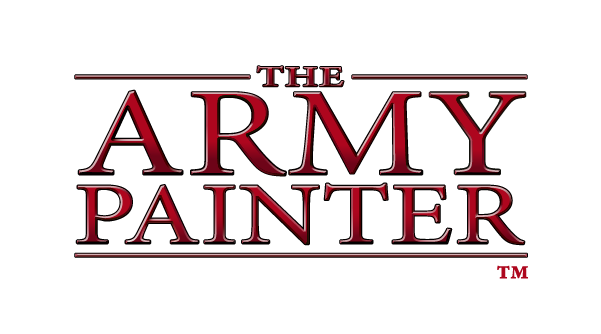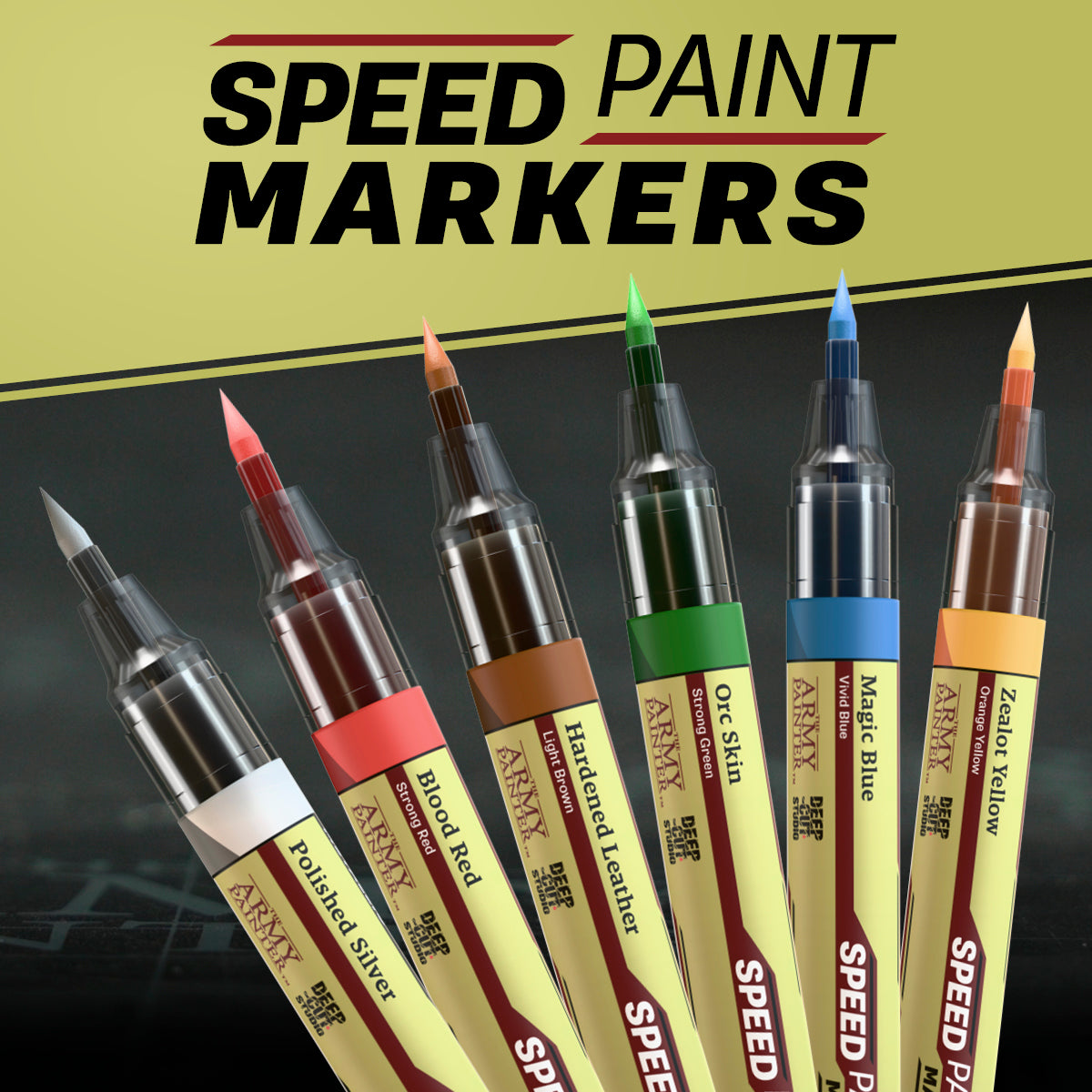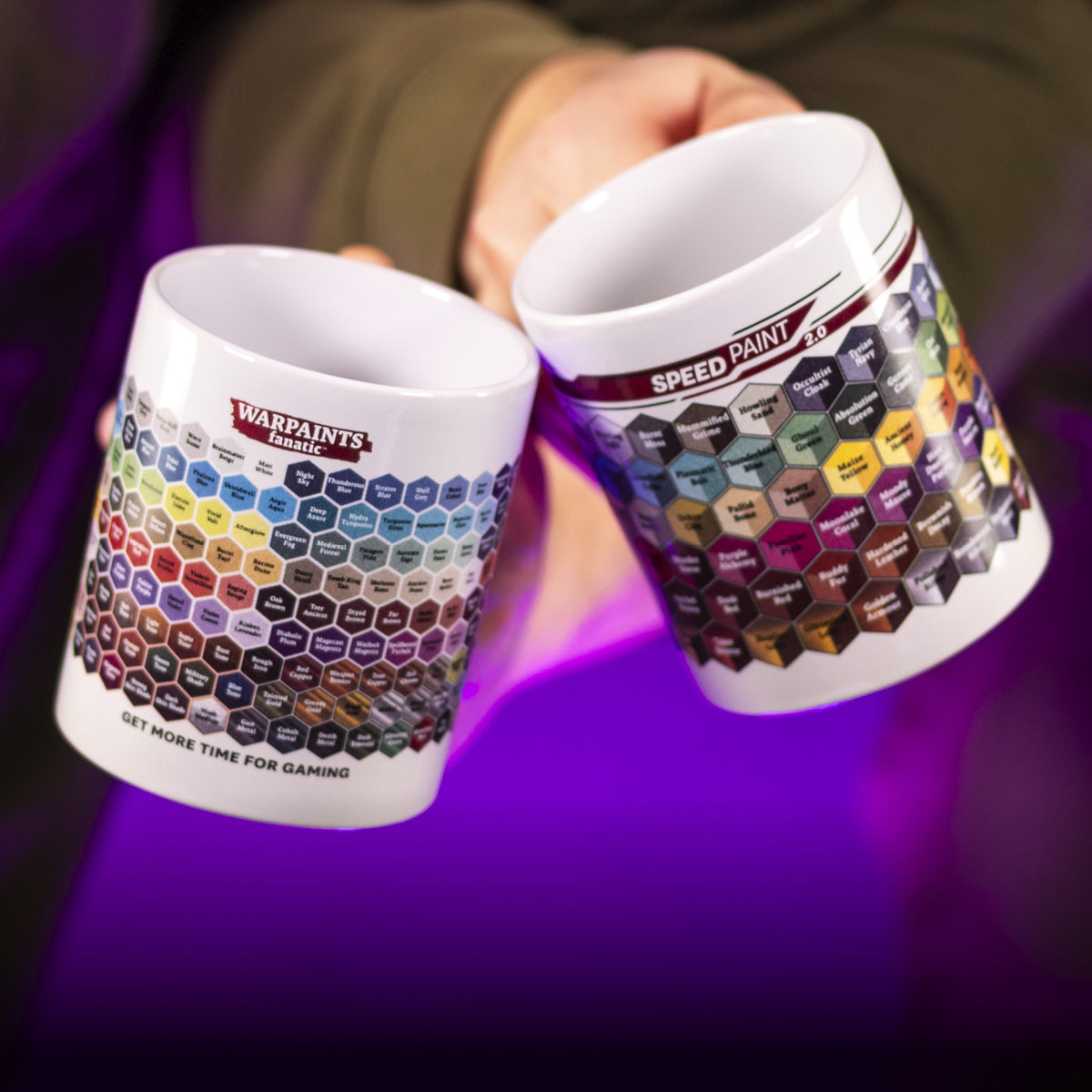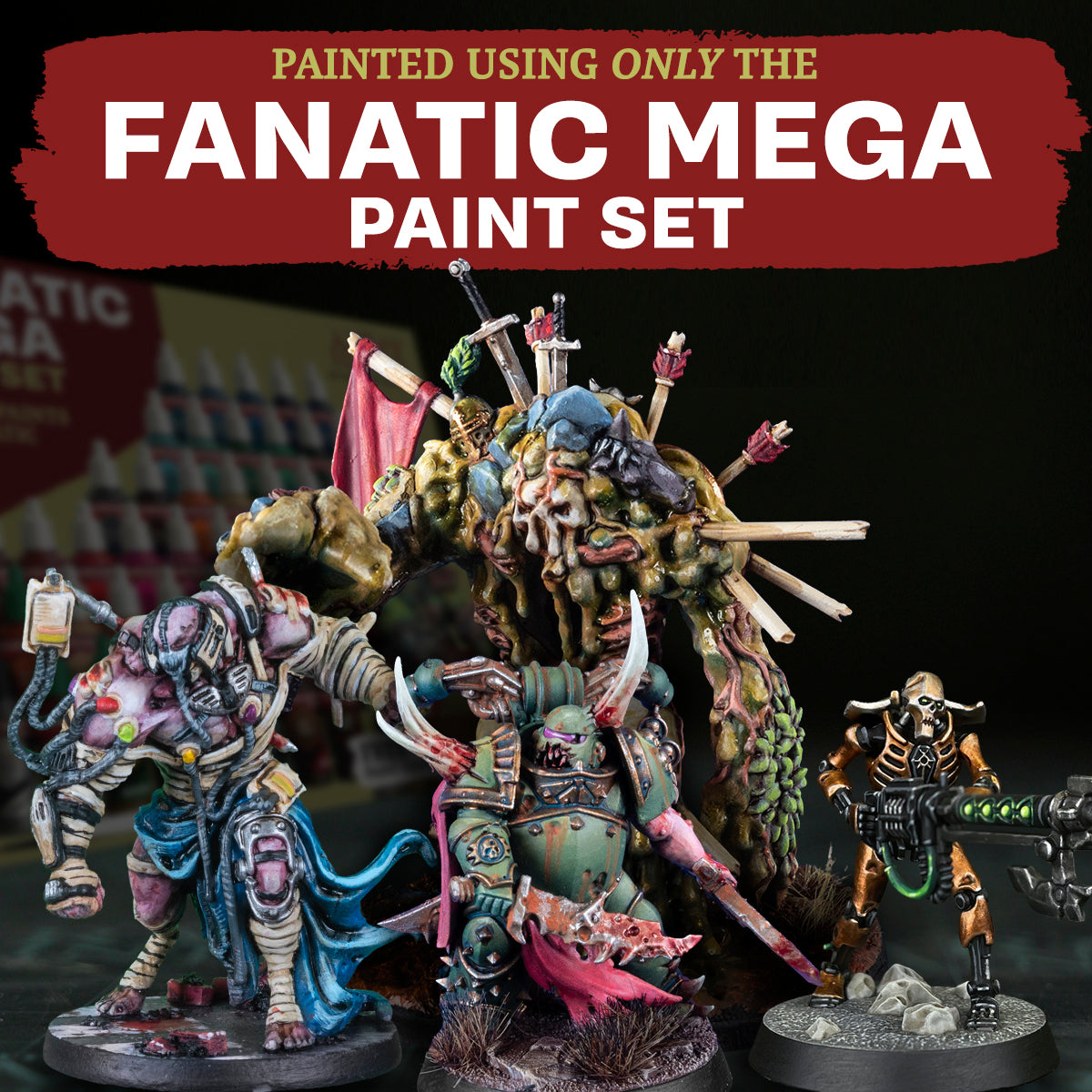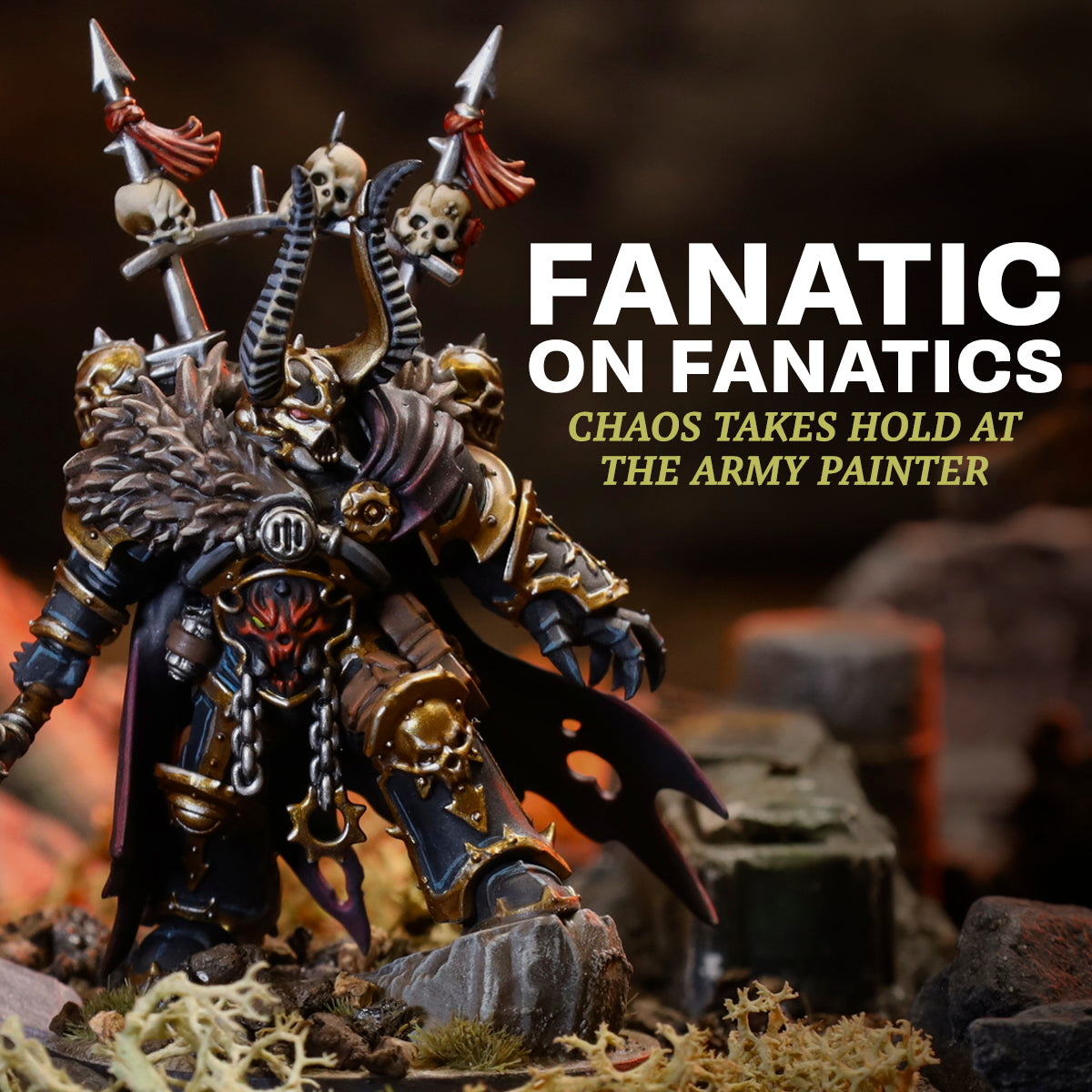To Prime or Not to Prime, That Is the Question
Whether you’re an RPG-enthusiast, a collector, or a tabletop-gaming aficionado, chances are that you’ve faced the question: “Can you paint your miniature without priming it?”
Why Priming Your Miniatures is Important
Long story short, priming is the application of a basecoat that prepares the surface of your miniature for painting. This will help the paint stick to the surface and strengthen the durability of your paint job. It also creates an even colour for you to paint over on the entire model.
What Happens If You Don’t Prime Before Painting the Model?
Acrylic paint – which most people who paint miniatures use – often does not adhere very well when it’s applied directly onto minis. This is because the ultra smooth surface of the plastic, resin, or metal miniature is too smooth for the paint to adhere to.

If you paint with an acrylic paint directly on top of a plastic, resin, or metal model, you won't get a good result and will have a hard time getting the paint to even stick to the surface. Even the very best acrylic paint will chip and flake off in no time during handling, transportation, or even while you are painting the model in these circumstances.
Primer, on the other hand, bonds well to those materials and thus gives the miniature a surface that the acrylic paint can adhere to properly without easily getting scratched off.
Priming your model also gives you a solid colour to work from when painting. A black primer will work great for darker colour schemes, while a white primer is ideal for anything you want to be light and bright. You can even prime your model with a variety of colours, usually one that will be the majority of your mini, saving you tons of time with basecoating later on.
Our recommendation is to always prime your models before painting it. By priming, you create the best conditions for your paint job and colours to really last.
Can You Prime a Miniature Without a Spray Primer?
Now that we’ve established that priming your miniature is absolutely a necessary step, let’s look at how you can apply the primer.

While some prefer to use a spray primer, there are other ways to prime your miniature as well. Some of the methods are more beginner-friendly than others. Weather conditions also have a lot to say about your options. You can read more about the optimal weather conditions for priming as well as how to use a Colour Primer Spray in the article “How to use: Colour Primers”.
If you own one, you can use an airbrush to prime your miniature. To do so, you need proper ventilation and a bit of experience, as using an airbrush is not as beginner friendly. Luckily, priming a mini is the easiest use of an airbrush and also a great way to start becoming more familiar with it. To prime with an airbrush you can use one of our Warpaints Air Primers (e.g., Matt Grey Primer, Matt Black Primer, or Matt White Primer) to prime your model.

You can also prime your model with a brush-on primer. Apply it with a large brush, like the Wargaming Brush: Monster. Make sure you apply multiple thin layers, rather than a single thick layer of primer, just like when using a Primer Spray. This will reduce your chance of obscuring fine details and will prevent bubbles from forming in the primer coat.
Why Not to Paint On Unprimed Miniatures
To sum up, painting on an unprimed miniature can lead to the following issues:
- Poor Adhesion: Without a primer, paint will not stick well to the miniature, leading to peeling or flaking over time.
- Uneven Coverage: Primers create a uniform surface that helps in achieving even coverage. Without it, you may find it challenging to get consistent colour across your miniature.
- Durability Concerns: Primed miniatures generally withstand handling better, reducing the risk of paint wear from regular use or display.
You can learn more on how to properly prime models with a Colour Primer spray in our article “How to use: Colour Primers”.
